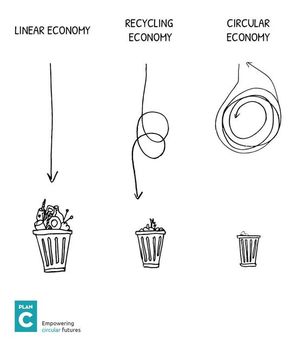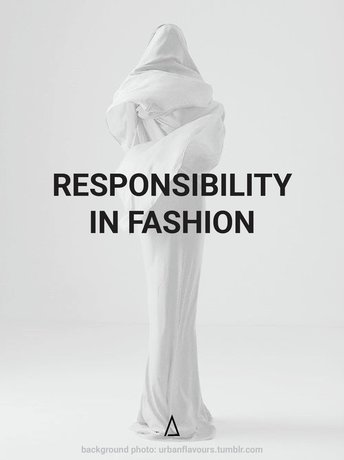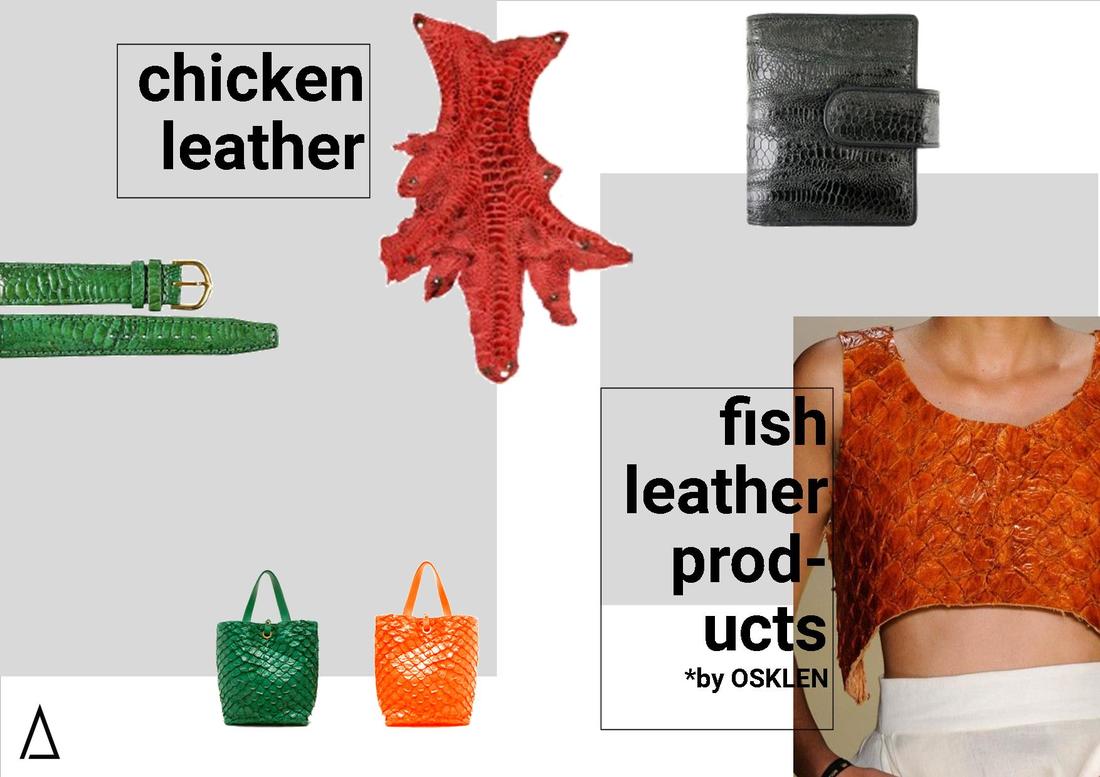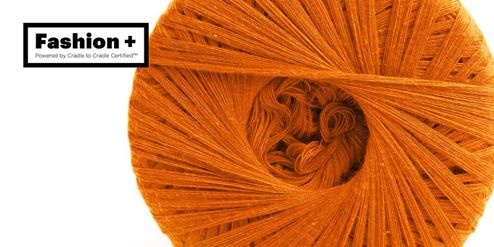|
What makes the world go round these days? Circularity is a topic long discussed at fashion summits, trade shows and “closing the loop” is a term that brings more and more value to brands all over the world. Some may think it’s a trend, so they just go with it, invest a little for the sake of greenwashing and think they gain bigger market share. Others, however, genuinely believe that this is the future and they actually make it work. The difference between the two is that the latter can understand the benefits from it.
But what are these circular advantages and how can you as a designer or consumer make use out of them? Here are just a few to get you started. First is first, a circular economy is a new economic model that offers a balanced industrial ecosystem, one that mimics natural ecosystems. As opposed to the current linear economy (take-make-use-dispose), it aims to radically limit the extraction of raw materials and the production of waste. It does this by increasing product life and recovering and reusing as many of the products and materials as possible, in a systemic way, over and over again. According to the World Economic Forum “The economic benefit of transitioning to this new economic model is estimated to be worth more than one trillion dollar in material savings”. Because we design our business following circularity, we get to reuse the raw material instead of buying new one. Furthermore, if we add services that go with our products, such as maintenance or reuse (for example we rent instead of selling the clothes) we save on precious resources while still having earnings and without flooding the market with new products, thus protecting the ecosystem; not to mention the big value it brings to the consumer! Transitioning to a circular economy has also an immense positive impact on our ecosystem. The Intergovernmental Panel on Climate Change (IPCC) acknowledges that human activities increasingly influence the Earth’s climate. Global warming is not assumed, it is a fact and the fashion industry is one of the biggest contributors to this problem, being very water, energy and land intensive. Either as a designer or a consumer, you are a direct contributor to this effect. By transforming what we now consider waste into valuable material, we can further ensure the security of our environment and natural resources. We have always linked growth to cheap available resources, but these are becoming more and scarce as we have already exceeded three of the nine planetary boundaries; “We estimate that humanity has already transgressed three planetary boundaries: for climate change, rate of biodiversity loss, and changes to the global nitrogen cycle” confirms the research “Planetary Boundaries: Exploring the Safe Operating Space for Humanity”. This is where innovation, technology and new business models come together to emphasize that we have moved away from this dependency of resources trough product life extension, reusability, repair, or focusing more on services than products. The gain is loud and clear: we get to emphasize a products economic value while offering increased customer value and better care to our planet.
0 Comments
In a fashion industry that is highly powered by planned and perceived obsolescence, there seems to never be enough trends that continuously indicate social change in values and go to dictate what the upcoming seasons will bring. They are both a necessity and a burden as they on one hand inspire new designs, yet on the other (due to them emerging and disappearing at a fast pace) encourage consumerism. But trends have started to indicate that fast fashion is slowing down and responsible innovation is in for the long run.
One thing is certain: for the innovators, the creative minds, these are exciting times! Because of the environmental challenges we are facing and positive changes in legislation, we have been both forced and encouraged outside our comfort zone and this has ultimately lead to disruptive business models. These have at their core accountability and, by design, they encourage more responsible consumption patterns. In order to create such a business, a frame approach is needed that would help reduce environmental and negative social impact that are linked to the production, use and disposal of the products. Of course extensive changes have to be made in the value chain, from product design to production process and supply chain management. If you are up for the challenge, an exciting new tool has been created that will guide you through the process. The Ellen MacArthur Foundation and IDEO have released the first design thinking guide for the circular economy. According to the foundation, it has been created to drive awareness of the circular economy and it encourages innovators, entrepreneurs and corporate change-makers to ask new questions about value creation and long-term business health. It is free and user friendly so go ahead and give it a try: https://www.circulardesignguide.com/methods . There is an amazing potential just waiting to be discovered by new businesses. We find ourselves at the beginning of the 4th industrial revolution where AI, digital, physical and biological system are brought together to maximize human well-being with responsibility stimulating each initiative. A belief among designers in the lifestyle industry is that only the use of natural fibers account for responsible design. Designers tend to think that if they use fabrics made out of synthetic polymers (nylon, polyester, modacrylic, etc) or produce leather goods, then they cannot be sustainable. If you find yourself in one of the groups above, worry no more, your products can be labeled as sustainable and here is how.
When you are working with sportswear, outerwear or swimwear, synthetic polymers are your best friend. Because they are not biodegradable and they require permanent non-restorative extraction, they are considered non-renewable resources. But if you reuse the same material over and over again, than the biodegradability factor matters no more and the need for extraction disappears completely. One important condition for this to work is that the fabric should be a mono-material (100% polyester, 100% nylon etc.) so that it could be recycled and used for a new garment. Fibers such as @BionicYarn or #Econyl are a great substitute for virgin polyester and nylon. They are mechanically regenerated yarns that can be reused further on, indefinitely. You just have to think how you can bring the garments back to you when they reach the end of their life, so that you can reuse the fiber within them. As for natural leather, looking at the bigger picture, the more we as designers demand it, the more we encourage factory farms and slaughterhouses to increase their production. But if you love working with leather and you don’t want to give it up than maybe you will consider doing it in a responsible way. When it comes to leather goods, sustainability is challenged because of the concerns regarding ethical and animal welfare problems; and I couldn’t agree more. In an ideal world we would not consume animals but rather just coexist with them. But that falls into the “utopia” category so we have to be realistic, adaptable and practical. That is why, what we can do is asses our supply chain and trace where the leather is coming from and how the farmers care for the animals. We are lead to believe that a big percentage of the leather used in the lifestyle industry comes as a by-product of the meat industry. However, more often than not, the leather is a subsidiary or a primary reason for value. Therefore, exotic leathers are out of the question! They will never be a by-product so don’t kid yourself. The upside is that when the leather is truly a by-product, than by using it we are preventing waste. Chicken skin or fish skin, for example, are really cool-looking and resilient materials. So get creative and use what we would normally throw away, you can’t get more innovative and sustainable than that. A major issue for designers and entrepreneurs looking to develop products in a responsible way is finding the right suppliers that would produce sustainable raw materials. One of the great sources to identify circular materials is Fashion Positive C2C. They are an initiative launched by the Cradle to Cradle Products Innovation Institute and they are creating a database of circular fashion materials in order to make it easier for designers to source responsibly. Of course, designers must first come to understand the concept of “circular design” and how they can create value through it for their business, their customers and the environment. Every business model will have a best fit regarding sustainable materials and a holistic approach is necessary in order to define what is appropriate to use. It’s a process, it’s not easy but it is possible. For those interested in further developing their knowledge, remember you can now join the Sustainable Business Design & Entrepreneurship Hub. It’s a great place to start discussing the sustainability goals for your products and receive guidance and advice from like-minded individuals. |





 RSS Feed
RSS Feed